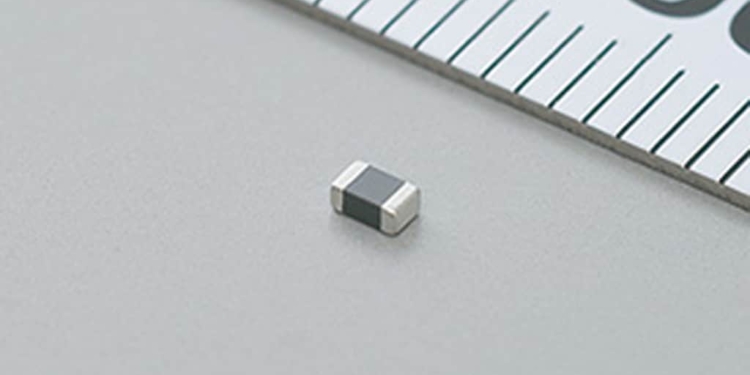Source: Murata news
Murata Manufacturing Co., Ltd. has introduced the 0805 inch (2.0mm x 1.25mm) BLM21SP series of chip ferrite beads for use in automotive power train safety applications.
This product has a rated current of 6A and also an impedance of 70Ω, the highest in the industry. In addition, it is expected to provide a high degree of noise immunity. By using the BLM21SP series on power lines which are liable to generate noise, they can assist in enabling these power lines to meet various noise standards such as CISPR25. Mass production of this product commenced in March 2018.
Background
In the automotive industry in recent years, large-scale electronic devices are being mounted on vehicles such as hybrid automobiles and electric vehicles, along with the automation of various functions. As a result, conductive noise and radiation noise is increasing, and there are greater demands for noise reduction measures.
Particularly, in the case of power lines which carry large currents, noise issues are liable to occur, and countermeasures are necessary. However, it is difficult to design high-impedance noise reduction components which can be used at the high rated currents carried by power lines.
Murata has enhanced the impedance acquisition efficiency due to the adoption of new internal electrode forming technology and optimization of structural design. As a result of this technology, whereas the BLM21PG series, which is Murata’s existing power product intended for power supply use, has a rated current of 6A and an impedance of 22Ω at 100MHz, the new product has a rated current of 6A and realizes a high impedance of 70Ω at 100MHz, which is more than twice that of the previous product. Also, a comparison of the new and old products for the same impedance value reveals that the rated current of the new product is at least 1.5 times that of the old product.
From now on, Murata intends to develop a lineup that has even higher impedance values, and will also expand its range of high-temperature products.
Features
- Supports power train safety in automobiles.
- Conforms to AEC-Q200.
- Is compact (2.0 x 1.25mm) and has a high maximum rated current of 6A.
- A large current, high impedance lineup (70Ω/6A, 110Ω/5A, 180Ω/4A) is available.
Electric characteristics
Performance comparison between BLM21SP series and BLM21PG series































